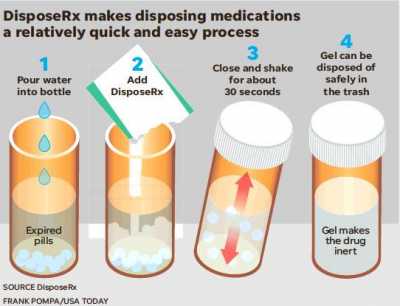Author Interviews, OBGYNE, Opiods, Pain Research / 28.01.2020
Study Finds EXPAREL Reduced Post-Surgical Opioids in Cesarean Section Patients
MedicalResearch.com Interview with:
Dave Stack
Chief Executive Officer and Chairman
Pacira BioSciences
MedicalResearch.com: What is the background for this study?
Response: Cesarean sections (C-sections) are one of the most common surgeries in the United States, and research shows many women experience moderate to severe pain after this procedure. When postsurgical pain is inadequately managed for new mothers, it can interfere with recovery, maternal-infant bonding and may even lead to postpartum depression. Additionally, prescribing data reveals that postsurgical opioid consumption poses a great risk to women.
We recently completed a Phase 4 study of EXPAREL in C-section patients, and results revealed adding EXPAREL to bupivacaine transversus abdominis plane (TAP) blocks for C-section delivery provided significant reductions in opioids and pain scores. Results of that study provided the basis for the design of this next-generation study, which was created to be completely opioid-free in the EXPAREL arm.
The study was a Phase 4 multicenter, active-controlled study conducted in 18 clinical sites in the United States, with 169 enrolled patients undergoing elective C-section. The enrolled C-section patients were randomized to receive either 150 mcg morphine spinal anesthesia plus a standard of care postoperative pain regimen, 50 mcg morphine spinal anesthesia plus EXPAREL TAP field block, or opioid-free spinal anesthesia plus EXPAREL TAP block. Patients in the EXPAREL arms received a protocol-defined non-opioid postsurgical pain management regimen including ketorolac, acetaminophen, and ibuprofen. (more…)






























